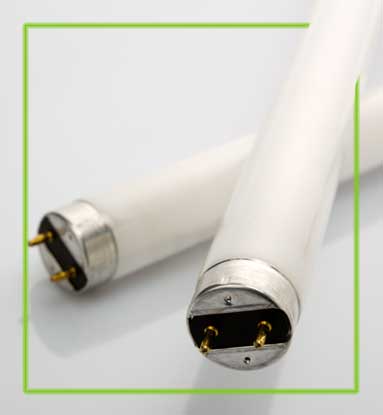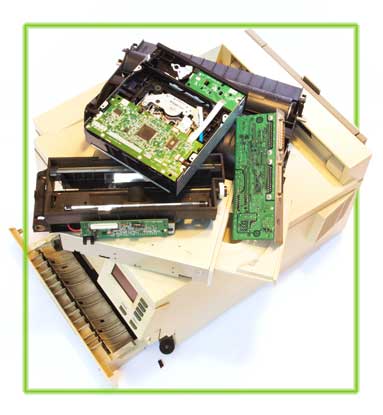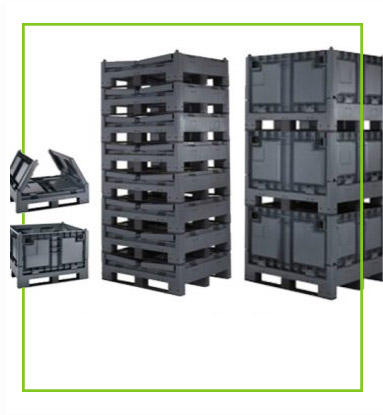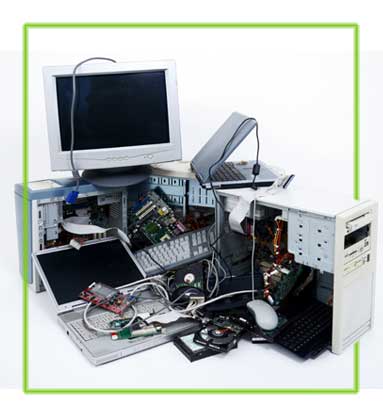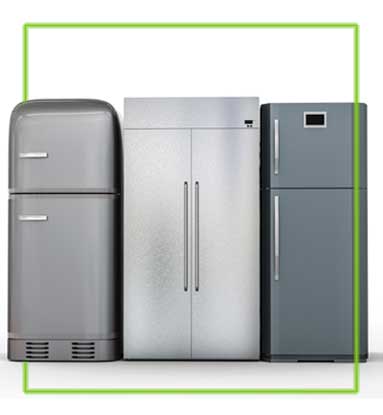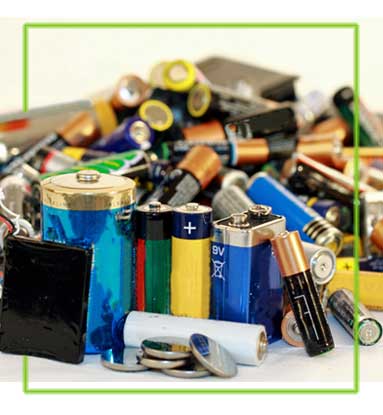Frequently asked questions
Please read the following list of common questions & answer raised by Ecoshred clients in the past with regards to the safe storage, disposal and recycling of fluorescent lamps, high intensity discharge (HID) lamps, linear fluorescent light bulbs and CFLs Compact fluorescent light bulbs.
However if you are unable to find the information you require please call a member of the Ecoshred Recycling Solutions team on: 0800 6129595 or alternatively email: generalenquiries@ecoshreduk.com
Do we have to register as Hazardous Waste Producers prior to a collection by yourselves?
The answer to this is most probably yes! New regulations controlling the disposal of certain categories of waste as outlined in the Hazardous Waste Regulations 2005 were introduced on the 16th July 2005. These new regulations cover over 380 types of different waste streams including fluorescent lighting disposal.
How do we register as a Hazardous Waste Producer?
You will need to contact the Environment Agency who can advise you on registration. Normally if you are a small waste producer you will be exempted from registration, however we will need to know your status prior to collection and disposal. The Environment Agency helpline is 08708 506 506. Alternatively you can visit them online at www.environment-agency.gov.uk
How do we arrange for a collection of spent Fluorescent lighting?
Simply complete our online enquiry form or contact Ecoshred directly on 0800 612 9595. We will arrange everything for you including preparing the consignment note for the disposal of your tubes.
Why do we have to recycle used lamps?
They contain a small amount of mercury. If the lamps were disposed of in the normal manner without recycling, e.g. in skips, they would end up at landfill sites and the mercury would eventually end up in our rivers and contaminate the water.
What types of lamps contain mercury?
Fluorescent lamps (including compact fluorescent light bulbs) and high intensity discharge (HID) lamps are the two most common types of mercury-containing lamps. Fluorescent lamps are commonly used for the lighting of schools, office buildings, and businesses. HID lamps include mercury vapor lamps, metal halide, high-pressure sodium lamps and other specialty lamps that are used for streetlights, floodlights, car park industrial lighting and some car headlights
Do we need to recycle normal filament (Incandescent) lamps
No recycling is required, they do not contain any hazardous materials.
So why are these being phased out in the UK?
Because they are hugely inefficient. Only around 5% or their energy output is light, the rest is heat.
What are fluorescent light bulbs?
Fluorescent light bulbs contain some elemental mercury, like the mercury that is found in an older fever thermometer. The mercury can be in vapor, liquid or solid forms. Mercury is a necessary component to the operation of most energy-efficient lighting. Light bulbs that contain mercury use 75% less energy than regular light bulbs and last up to 10 times longer. Fluorescent light bulbs (including compact fluorescent light bulbs) and high intensity discharge (HID) light bulbs are the two most common types of light bulbs that contain mercury. Fluorescent light bulbs are commonly used for the lighting of schools, office buildings, and businesses.
What are high intensity discharge (HID) light bulbs?
High intensity discharge (HID) light bulbs contain varying amounts of mercury. The amount of mercury can vary depending on the type of HID light bulb. The three most commonly used types of HID light bulbs are mercury vapor, metal halide, and high pressure sodium. HID light bulbs are typically used when high levels of light are required over large areas and when energy efficiency and/or long life are desired. These areas include gymnasiums, large public areas, warehouses, outdoor activity areas, roadways, parking lots, and pathways. HID light bulbs, especially metal halide, are increasingly used in small retail and residential areas.
What are low-mercury light bulbs?
Linear fluorescent light bulbs that contain 3.5 to 4 milligrams of mercury are referred to by manufacturers as”low-mercury light bulbs.” The amount of mercury in these light bulbs is considerably less than the amount of mercury in standard linear fluorescent light bulbs, which typically contain from 8 to 14 milligrams of mercury. Manufacturers have made significant mercury reductions in fluorescent light bulbs since the 1990’s and are continuing to make further reductions. Some low-mercury light bulbs can be identified by metal “end caps” (the metal pieces at the end of the linear tube) that are painted green. These are sometimes referred to as “green-tip” bulbs. Low-mercury light bulbs may also identified by green etchings on the lamps. Other linear fluorescent light bulbs may have low mercury content, but this is not indicated on the bulb or packaging. The best way to determine the mercury content of a fluorescent bulb is to contact the bulb manufacturer.
What are compact fluorescent light bulbs (CFLs)?
Compact fluorescent light bulbs ( CFLs) are an energy efficient and cost effective lighting alternative to regular incandescent light bulbs. A compact fluorescent light bulb fits in a regular light bulb socket or can be plugged into a small lighting fixture. CFLs are typically used in homes and are increasingly used by businesses. They use 75% less energy than incandescent light bulbs and last up to 10 times longer. Every CFL can keep more than 400 pounds of greenhouse gas emissions out of the atmosphere.
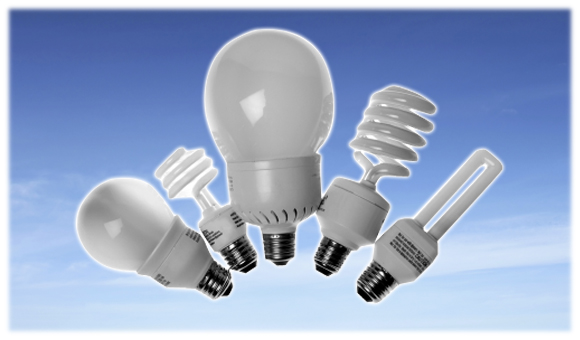
CFLs contain an average of 5 milligrams of mercury. However, the amount of mercury can vary depending on the company that makes the light bulb and type of compact fluorescent light bulb.
How does a CFL or other fluorescent light bulb work?
A CFL or other fluorescent light bulb is made up of a phosphor-coated glass tube that contains some mercury vapor. When the electric current is switched on, the mercury vapor is energized, causing it to send out ultraviolet (UV) energy. The phosphor coating absorbs the UV energy, which causes the phosphor to fluoresce and send out visible light. Without the mercury vapor to produce UV energy, there would be no light.
How much mercury is in a CFL or other fluorescent light bulb?
The amount of mercury in a CFL or other fluorescent light bulb typically ranges between 3.5 milligrams to 15 milligrams. The amount of mercury varies depending on the type of fluorescent light bulb, the company that makes the light bulb, and when the fluorescent light bulb was made. Although companies have greatly reduced the amount of mercury used in light bulbs over the past 20 years, they are not yet able to completely eliminate the need for mercury. The amount of mercury in a single fluorescent light bulb is small. However, collectively, large numbers of fluorescent light bulbs contribute to the amount of mercury that is released into the environment.
What are the health effects of mercury exposure?
Compact fluorescent light bulbs (CFLs) and other fluorescent light bulbs contain small amounts of mercury. For example, an average CFL contains 5 milligrams or about 1/100th of the amount of mercury found in a mercury fever thermometer. By comparison, older thermometers contain about 500 milligrams of mercury. It would take 100 CFLs to equal that amount.
No mercury is released when the bulbs are intact or in use; exposure is possible only when a bulb has been broken. CFLs or other fluorescent light bulbs are an extremely energy-efficient lighting option. These light bulbs are significantly more energy efficient than incandescent light bulbs because they require less energy to provide the same amount of light. The use of fluorescent light bulbs, rather than incandescent light bulbs, reduces the release of mercury and greenhouse gases from coal-burning power plants.
Are there any mercury-free, energy-efficient alternatives to mercury-containing light bulbs?
Lighting products that use light-emitting diodes (LEDs) are energy-efficient and mercury-free. LEDs are currently used in applications ranging from traffic signals and exit signs, to Christmas tree ornaments. and the Times Square New Year’s Eve Ball. LED’s are directional lights. They do not radiate light 360 degrees as CFLs and other fluorescent lamps do. Most households use LEDs for task lighting rather than general room lighting. LEDs are more suited to task-specific lighting such as desk lamps, reading lights and nightlights.
Why is it important to recycle CFLs or other fluorescent light bulbs?
CFLs or other fluorescent light bulbs thrown into skips are usually sent to a landfill or incinerated. These disposal methods will lead to releases of elemental mercury into the environment through breakage and leakage. There is also the potential for exposure to mercury from broken fluorescent light bulbs thrown in a skip. Until the recent legislation millions fluorescent light bulbs are discarded each year in the UK. These discarded bulbs can release approximately 2 to 4 tons of mercury per year into the environment. Once in the environment, mercury can be converted to an organic form that accumulates in living organisms and contaminates the food chain. To prevent the release of mercury, the fluorescent light bulbs should be taken to a recycler before they break. Recyclers can recover the mercury and other components for reuse.
What happens to CFLs or other fluorescent light bulbs when they are recycled?
Virtually all components of a CFL or other fluorescent light bulb can be recycled. The metal end caps, glass tubing, mercury and phosphor powder can all be separated and reused. Recyclers often sell the metallic portions as scrap metal. The recycled glass can be remanufactured into other glass products. The mercury can be recycled into new fluorescent light bulbs and other mercury-containing devices.
What is a mercury-containing lamp?
A mercury-containing lamp is the bulb or tube portion of the lighting device that contains a small amount of elemental mercury. Mercury is a necessary component to the operation of most energy-efficient lighting products. Lamps that contain mercury use 75% less energy than incandescent bulbs and last approximately ten times longer.
What is lamp crushing?
Crushing is the intentional breaking of fluorescent and other mercury lamps for the purpose of volume reduction. Crushing reduces the physical volume of lamps but does not recover any mercury. Crushing is not recycling, but it can be a step in the process when the crushed material is further treated by a recycling process that includes retorting. Generally, hazardous waste lamps should not be land filled as municipal solid waste.
It should be noted that lamp crushing can release mercury into the air and pose a health threat to crusher operators and building occupants if the crusher is not operating properly. Lamp crushing can pose a threat if operators do not have the appropriate protective equipment.
What is drum-top crushing?
Drum-top crushing is done using a mechanical device that fits on top of a 55-gallon collection drum. Whole lamps are broken in the system but components are not separated, and the drum will contain hazardous mercury, phosphor powder, glass and mixed metals. Crushing lamps into drums releases mercury into the filter, which also becomes hazardous.



